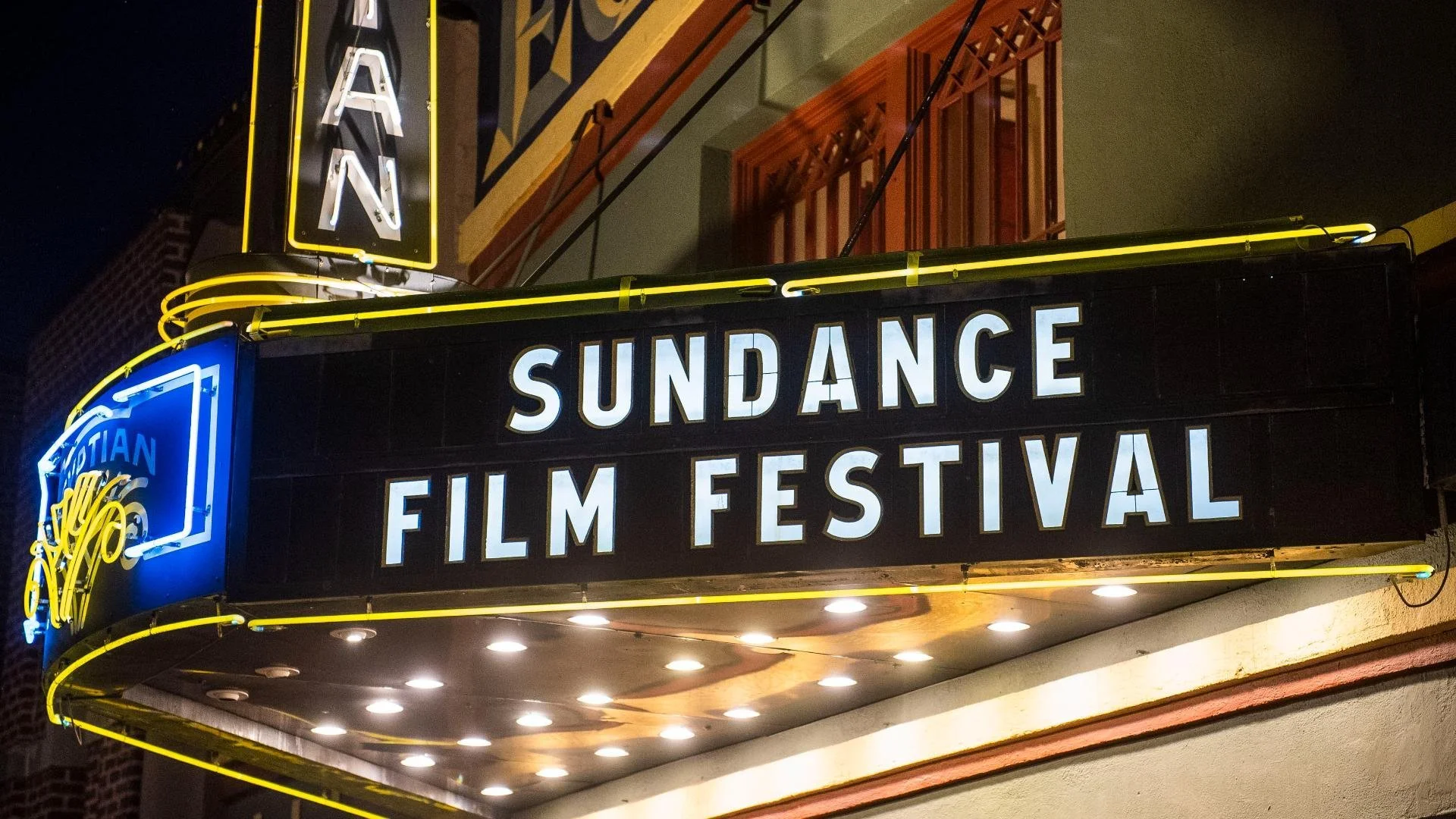How Have Cell Phones Changed The Horror Genre?
Image Source: Wallpapers Den
Horror movies have been a staple of American cinema for decades. One of the primary elements that make horror stories work is somehow getting the intended victims isolated and unable to easily call (or scream) for help against the monster or villain. To paraphrase the famous tagline for the classic science fiction horror movie, Alien: “In space (or deep dark forests or other remote locations), no one can hear somebody else’s screams.” Until cell phones came along in widespread use by most people, horror movie writers’ jobs were fairly easy. They could easily find ways to isolate potential horror movie victims and put their lives at risk of injury, dismemberment, and death.
Since cell phones became ubiquitous around the world, however, horror writers have had to tackle the challenges of ensuring that technology, especially cell phones, does not completely ruin their ability to write scary stories. Of course, even movies such as the aforementioned science fiction horror movies, Alien, and its subsequent sequels, which are set far in the future, have demonstrated that even more sophisticated technology than cell phones does not always save our heroes from monsters; however, for movies set in more modern times, one of the main ways that horror writers have managed to sidestep the obvious problem of widespread cellphone usage has been by limiting their use or effectiveness, or “nerfing” them at just the right moment for a horror movie villain to take advantage of their victims. Some of the ways that horror writers get or attempt to get around cell phone technology are listed below:
RELATED:
No Signal
Despite the fact that cell phone coverage is pretty much widespread, people even today can always find areas, especially in more remote parts of the world, where there is poor (or no) cell phone signal, making the cell phone nothing more than a useless brick. Movies such as Human Centipede, 10 Cloverfield Lane, Ex Machina, and The Hills Have Eyes have all taken advantage of this workaround.
Battery Life
We all hate when our phones accidentally run out of juice, but while that might make us feel powerless, it can be downright fatal for horror movie victims, such as in The Roost or Get Out. This is fast becoming one of the more popular techniques for horror writers to use, but it can also be abused and come across as silly, such as in Cloverfield or Drag Me To Hell when Christine’s battery is drained in front of her eyes through supernatural means. Also, most real-life cell phones can usually last longer than they seem to last (conveniently) in horror films.
Damage, Theft, Or Loss
Obviously, people cannot use their phones if they do not have them or if they do not work, such as in Disturbia and Funny Games. This too can come across poorly if it occurs in an unrealistic fashion, such as a bunch of vampires burying cell phones in the snow in 30 Days of Night, or having it randomly tossed into a punch bowl, like in the 2018 Halloween movie.
Cell Phones As Storytelling Devices
Horror movies using “found footage horror” such as Hooked Up, Paranormal Activity 4, and Unfriended: Dark Web, instead of trying to get around technology, simply incorporate cell phones, laptop cameras, or other security footage right into the story.
Setting Stories “BC” (Before Cell Phones)
In case horror writers do not want to even have to deal with the existence of cell phones, one of the ways to get around it is, of course, to set the story during a time period before cell phones were used, or at least before they were as ubiquitous as they are now, such as how Stranger Things is set in the 1980s, which helps the writers avoid them altogether. Of course, while a good retro movie or series is always fun for people to watch, obviously not every movie can be a pre-cell phone period piece.
READ NEXT:













